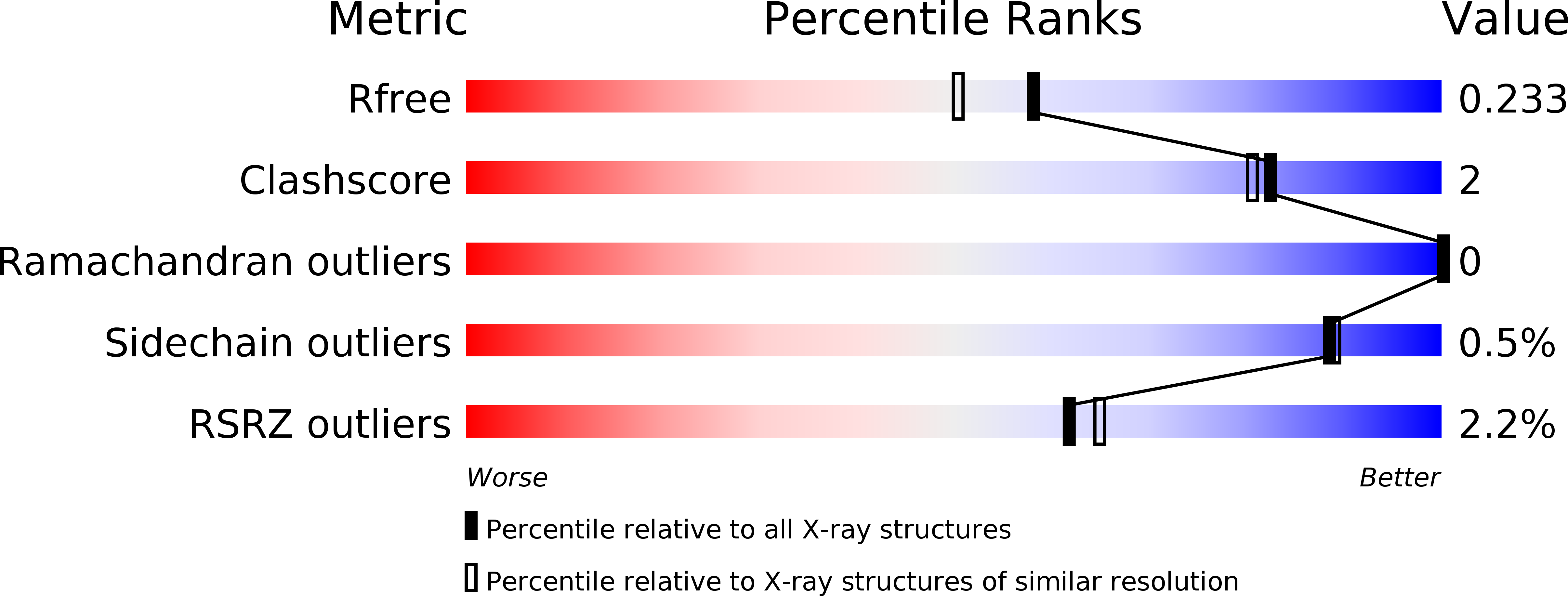
Deposition Date
2018-04-28
Release Date
2018-08-29
Last Version Date
2024-05-15
Entry Detail
PDB ID:
6GF1
Keywords:
Title:
The structure of the ubiquitin-like modifier FAT10 reveals a novel targeting mechanism for degradation by the 26S proteasome
Biological Source:
Source Organism:
Homo sapiens (Taxon ID: 9606)
Host Organism:
Method Details:
Experimental Method:
Resolution:
1.93 Å
R-Value Free:
0.23
R-Value Work:
0.20
R-Value Observed:
0.21
Space Group:
H 3


